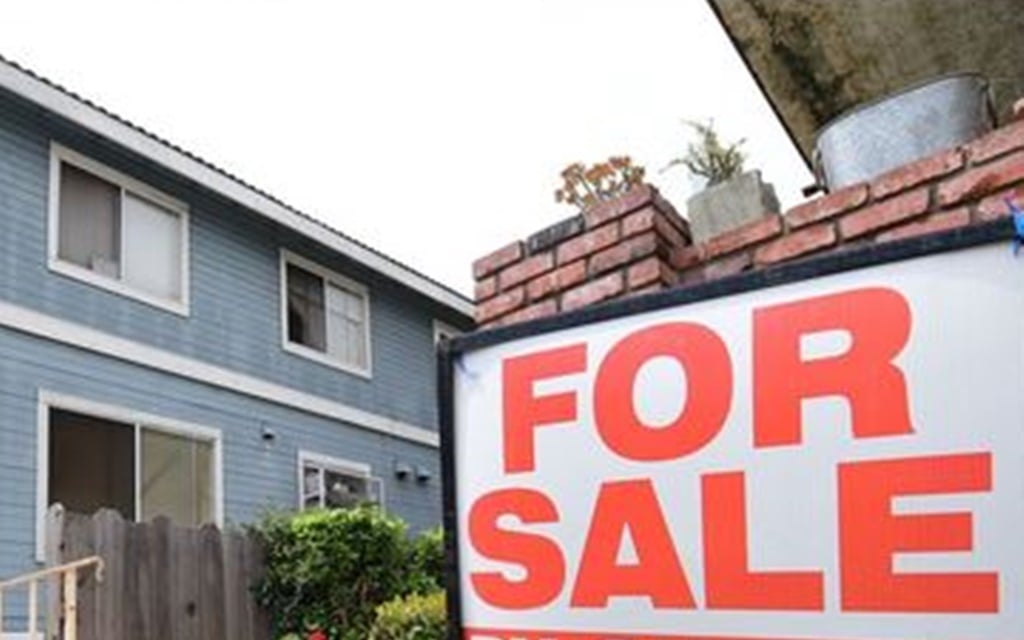
- The South African Reserve Bank maintained the repo rate at 3.5%, meaning the home loan base rate stays at 7%.
- Property experts say the residential property industry continues on an upward trend in a prolonged buyers' market.
- The swing to a sellers' market could, however, start in the market from next year.
While the unchanged repo rate – coupled with steady inflation – bodes well for SA homeowners and anyone looking to buy, a shift to a seller's market could begin from next year, industry experts say.
In line with expectations the South African Reserve Bank (SARB) unanimously maintained the repo rate at 3.50% on Thursday. The home loan base rate is at 7%.
Samuel Seeff, chair of the Seeff Property Group, says the current buyers' market is the best in decades.
While to date, the biggest influence has been low interest rates – with more first-time buyers entering the market – Seeff says overall volumes, which is about 20 000 per month at best, remain well below what should be expected for such a low interest rate. A large sector of the market is not transacting to a notable degree, he says.
But, he adds, there are early signs that confidence could be returning to the upper end of the market.
Foreign and second home buyers are also investing again, not just on the Atlantic Seaboard in Cape Town, but in other coastal towns such as Plettenberg Bay as well.
SA expats also seem to be investing in property with the intention of returning to the country, he says.
Grant Smee, Managing Director of Only Realty, anticipates a change in the R750 000 to R1.3 million bracket in particular.
Still time for buyers
There's still time for buyers to benefit, though.
"We are seeing sustained good market conditions experienced across all regions in the country," says Dr Andrew Golding, chief executive of the Pam Golding property group.
Golding notes that both the Western Cape (+5.2%), which has now regained its position as the top performing regional housing market, and Gauteng (+4.9%) continued to rebound in April, while KwaZulu-Natal (+4.2%) lost some momentum.
KZN continues to outperform relative to Gauteng in both the top (above R2 million) and lower (below R1 million) price bands, while Gauteng retains its lead relative to KZN in the mid-price band (R1 million – R2 million).
But demand is high, with some realtors even reporting an under-supply of available homes for sale in some areas. This means the transition to a seller's market could be on the horizon.
Adrian Goslett, CEO of RE/MAX of Southern Africa, says: "Owing to this increase in activity, we have already heard reports from some of our offices that there is a lack of stock available in their suburbs. It is possible that we are already beginning to see the swing from a buyer's into a seller's market, which means that we may soon start seeing prices begin their upward climb."
Having said that, any increases in interest rates over the course of this year could hinder house price growth, he cautions.
Marcél du Toit, CEO of property platform Leadhome, says "the best time to sell your home has come and almost gone".
"House prices are expected to flatten out by the end of the year, with price increases to be around 2.2% for the year. This has largely been driven by two factors: sellers are marketing their properties aggressively, while buyers are capitalising on the opportunity to start investing in property or to upscale on their existing residential investments," he explains.
Paying less for more
Carl Coetzee, CEO of BetterBond, says due to the low interest rates, many homebuyers have been able to afford up to 30% more than they could in January 2020, when the prime lending rate was at 10%.
"Even if the repo rate does increase by 0.5% later in the year, the prime lending rate will still be at its lowest in five decades. It's unlikely that consumers will see a prime lending rate of more than 10% for a few years yet," he says.
"House prices, a good indicator of the state of the market, are increasing with house price inflation sitting at 4.5% for March. This is a significant improvement on the 2.5% recorded in March 2020. Also positive is that the average time homes are on the market has dropped in the past year from 14 weeks to eight. Demand is outpacing supply, with property portals reporting as much as a 16% drop in listings."
March, the volume of bond applications increased by 40% year-on-year, with close to 70% being from first-home buyers, says Coetzee.
Meanwhile the Pam Golding Residential Property Index has shown that national house price inflation continues to rebound with no sign of losing momentum, rising from a low of 2.4% in March 2019 to 4.7% in April this year.
"Despite an expected drop in real price growth in April to +0.3% from +1.4% in March, forecasts of subdued price pressures for the balance of the year suggest real growth in house prices will remain positive for a second consecutive year," says Golding.
Jeff Schultz, senior economist at BNP Paribas South
Africa, says SARB's MPC is in no rush to raise rates where it still sees
significant slack in the economy and where CPI still looks to be anchored at
its 4.5% target midpoint in the medium-term.
He foresees the first hike to be 25 basis points in November this year.
